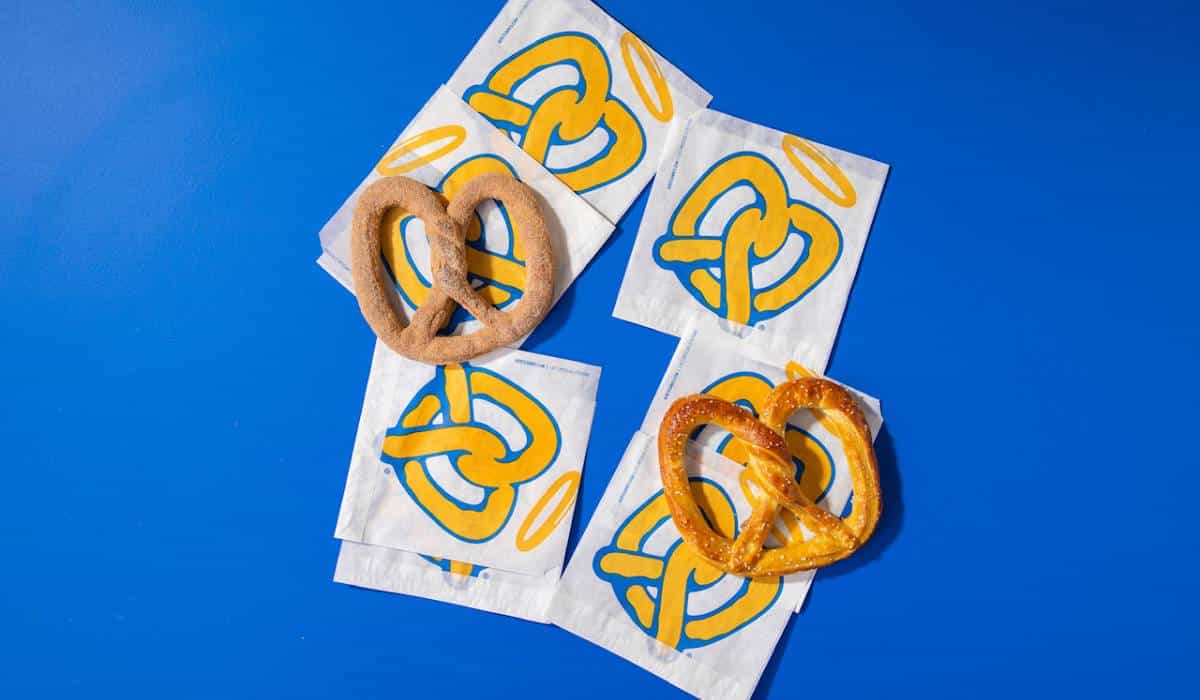GoTo Foods, formerly known as Focus Brands, hasn’t acquired a chain in six years, but that doesn’t mean the company isn’t looking.
CFO Mike Dixon says the restaurant platform is always on alert, but the market hasn’t been as active as the company would like it to be. Bankers told the group 2024 should start to see more activity. GoTo Foods will keep its finger on the pulse, as will its private equity owner, Roark Capital.
“We’ve been active and we’ll continue to be,” Dixon says. “I think why it’s been so slow—post-COVID, the spread between the bid and the ask was just really big. So if you were a seller, you’re thinking, well, pre-COVID, I was doing this right? But you’re not doing that anymore. So you’re not getting paid on that. And the buyers are looking at what you’re doing now that’s closer because now you have two-plus years of post-COVID experience. Now I know what your normal run rate is.
“And the interest rate gyrations have kind of settled down,” he adds. “They’re not where anybody wants them, but they’ve certainly settled down. So people think, OK, I think we can start putting some deals together.”
Holding company Focus Brands was formed in 2004 when Carvel and Cinnabon joined forces. That was followed by McAlister’s (2005), Schlotzsky’s (2006), Moe’s (2007), Auntie Anne’s (2010), and Jamba (2018).
The name switch to GoTo Foods occurred recently at the restaurant group’s biennial global conference. It was the culmination of the company’s transformation into an interconnected collection of brands that share digital platforms, marketing practices, and other services as opposed to seven siloed chains that operate independently.
The evolution makes any future acquisition a lot smoother. GoTo Foods could simply “plug and play” the brand into systems and processes that are being used across the board.
“We’ll slide it in,” says CEO Jim Holthouser. “Because of all these common tools and resources that we’ve created now, you can start plugging a subscale brand that doesn’t have the money and the scale of [GoTo Foods] and you can start making improvements overnight. Because again, we can hook them up to a more sophisticated supply chain. We can hook them up to the digital platform. All these things are designed to scale. So the digital platform, it’s serving seven brands today. It could serve 14 or 21, it doesn’t matter. We really are setting the stage to be able to bring brands in here and give them tools and resources and probably outcomes that they could never afford to do on their own.”
Any decision wouldn’t be about adding something to get bigger and build scale, says Holthouser. It has to make strategic sense. The CEO estimates he and Dixon have looked at nearly two dozen small juice concepts, but those parameters don’t work on two fronts. One, something that’s 20–30 units isn’t going to do much for GoTo Foods portfolio, which is filled with brands that have hundreds of locations. Secondly, the company wouldn’t want to cannibalize Jamba.
Holthouser wants to “flesh out the flavor profile” of the platform. That could mean pizza, burgers, Mediterranean, or salads. The company noted previously it wants a concept between 150 and 900 stores—something that’s proven in the marketplace, but not so big that it would create issues with integration.
“We’ve had opportunities to buy the pretzel brands,” the CEO says. “Well, again, I know it might make financial sense. The multiple might be right. But we don’t need pretzel brands.”
GoTo Foods thinks through these choices with franchisees in mind. Dixon makes the point that acquiring another pretzel chain isn’t going to excite Auntie Anne’s franchisees. But purchasing something complementary in the mall environment—or anywhere, frankly—would be a better investment for them.
No one could accuse GoTo Foods operators of not being growth-minded. Last year, the company signed more than 1,150 franchise agreements and opened 398 restaurants while adding 4.6 million new loyalty members worldwide. The company has over 2,000 nontraditional units in the U.S. and more than 2,000 international locations in 60-plus countries. All together, there is a pipeline of more than 3,000 restaurants.
Since 2020, the group has earned systemwide sales of more than $4.2 billion and garnered $1.5 billion from licensing partners. In 2023 alone, the company experienced double-digit year-over-year growth in adjusted EBITDA and loyalty acquisition.
In turn, the company is making investments to push further. GoTo Foods is preparing to drop $60 million in digital, technology, and loyalty capabilities for its 20-plus million rewards members. Year-over-year loyalty sales are up 18 percent, and the company is adding about 1.1 million guests per quarter. In a few years, the company expects half of its revenue to come from loyalty and digital. Supply chain—which was brought in house—will receive $16 million in enhancements.
One potential downside to GoTo Foods’ structure, according to Holthouser, is that brands may fear getting swallowed up and losing their identity in a big portfolio. However, the CEO emphasizes that work on connecting the brands is on the back-end systems. When it comes to facing the consumer, GoTo Foods values differentiation.
“You don’t get homogenized,” Holthouser says. “We value distinct brands, but behind the scenes, we can give you so much more than you could ever dream of getting on your own.”








